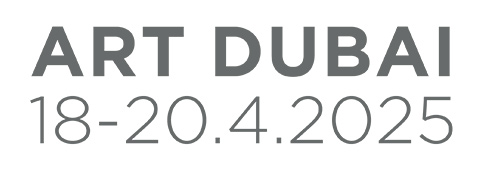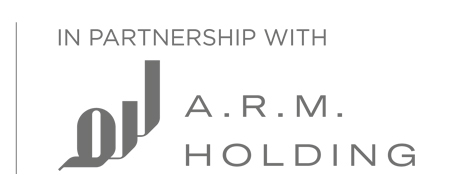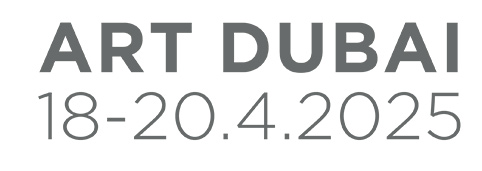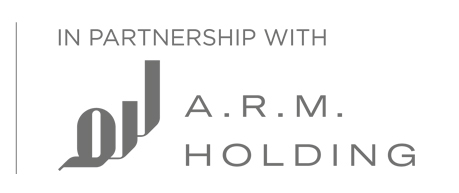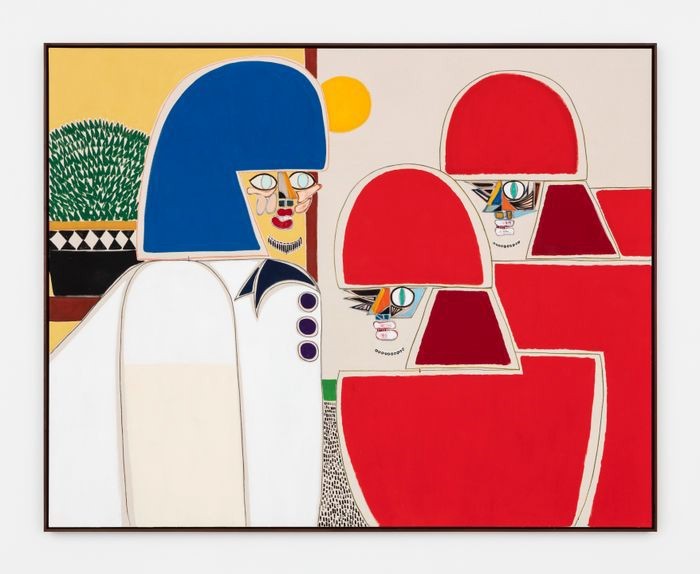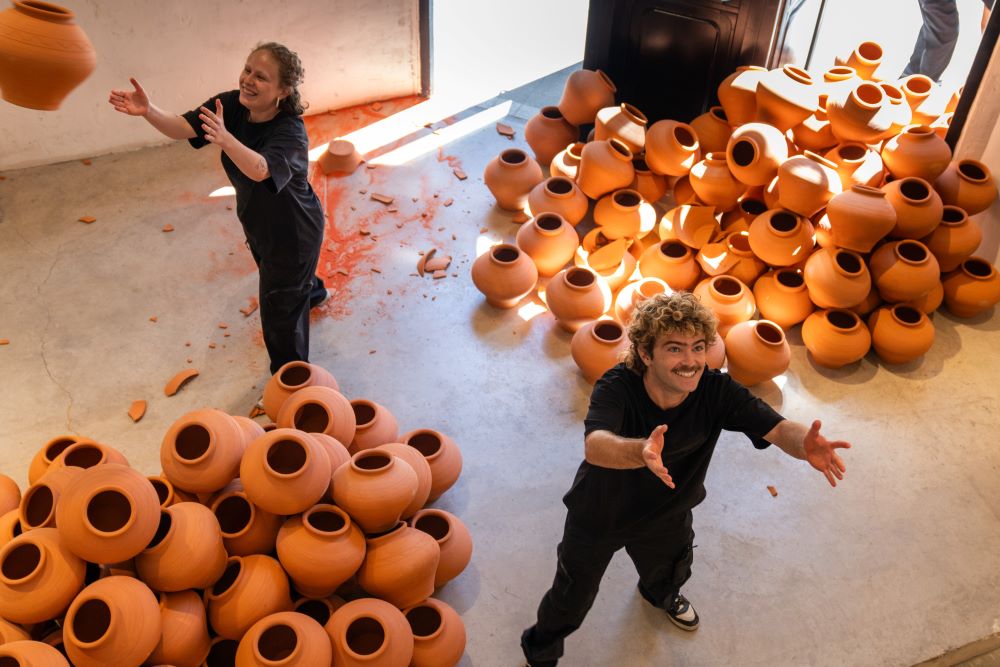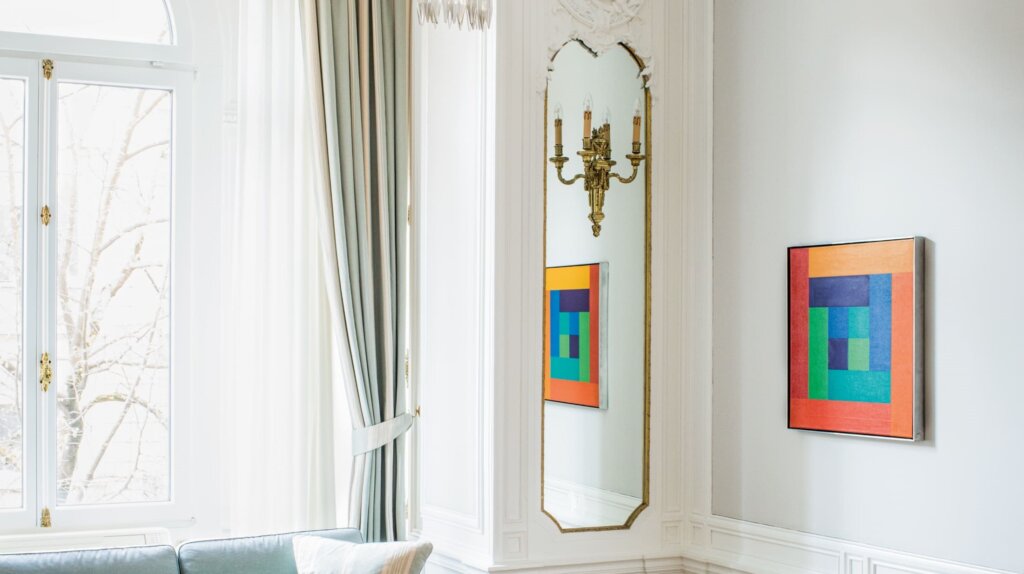Art Dubai this year launched a new Digital section, curated by Chris Fussner, web3 specialist and Director of Tropical Futures Institute in Cebu, Philippines. The section focused on how contemporary artists’ practices have evolved to increasingly incorporate digital technologies and mediums, including the production of NFTs. Works on show encompassed immersive installations, NFTs, video art, among other media – especially fitting for a city that has become an important crypto hub, and for a fair that aims to reflect the changing pulse of the global art scene.
Art Dubai’s Digital Artist Commission was a major highlight: Yugen (2018), an AI-driven moving-image artwork by British film director Martha Fiennes. Having originally premiered at the 75th Venice Film Festival in 2018, it stars actress Salma Hayek Pinault. But what makes Yugen unique is that every viewer had their own, near-bespoke experience of it. The computer engine powering the work is the driver of the narrative, producing spontaneous visuals that evade prediction. The piece created its own narrative as it goes along.
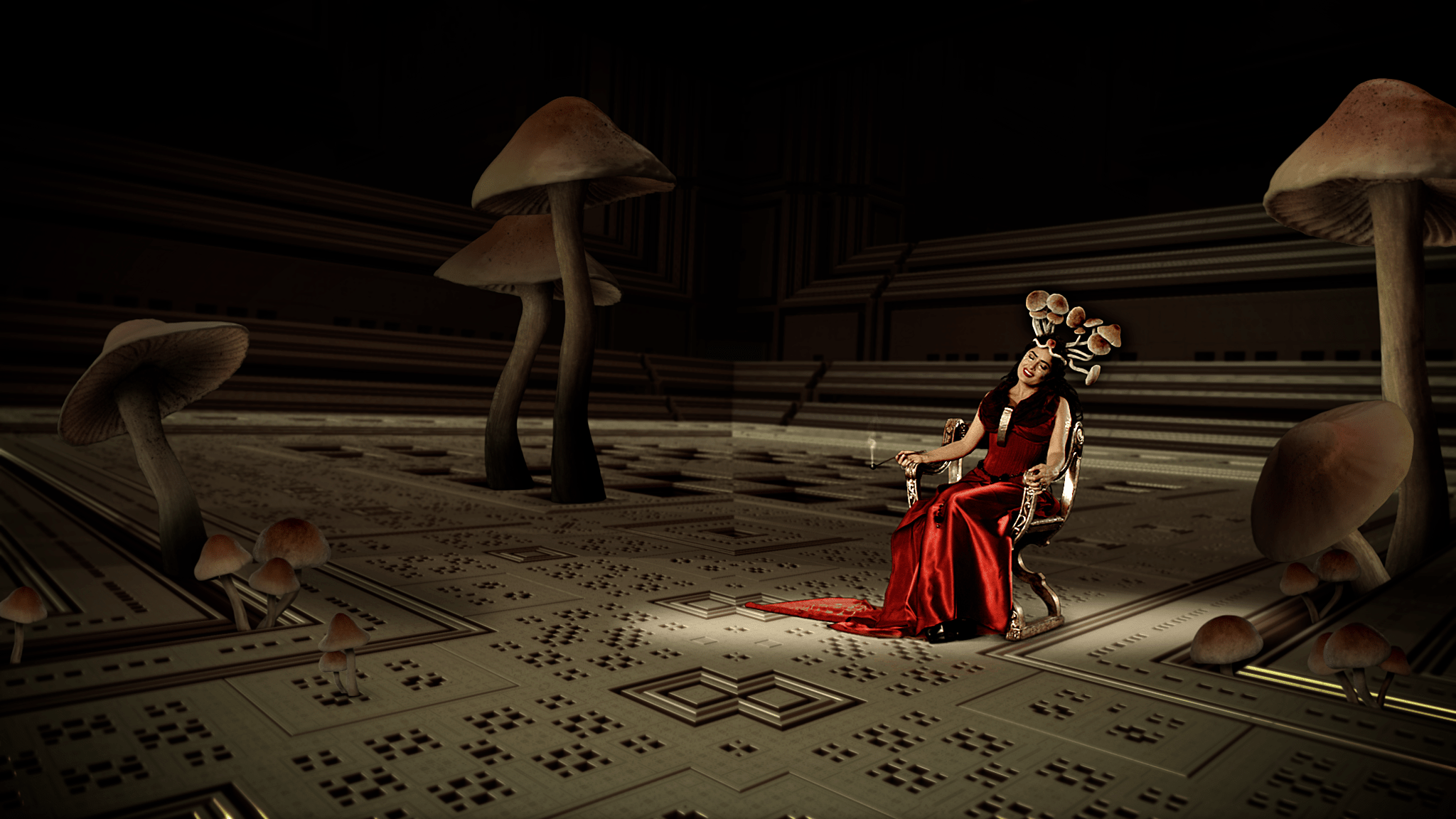
Yugen (2018), Martha Fiennes
Dubai and Mumbai-based gallery Volte Art Projects presented Guernica for the Siri-ocene 3.0, by Indian artist Raghava KK, also known as the “NFT-Punk”. Described by the gallery as a “phygital project”, the painting measured a whopping 3.5 x 8 metres in size, melding together the artist’s research, life experiences, and his own encounter with Picasso’s seminal Guernica (1937) painting. Guernica for the Siri-ocene 3.0 is a monumental, collage-like shock to the eyes, teeming with an assortment of characters ranging from Casper the Friendly Ghost to Mahatma Gandhi. It adapts one of the most moving anti-war masterpieces in art history for an iPhone-fuelled global discourse unique to our present moment.
Istanbul’s PILEVNELI gallery showcased data art superstar Refik Anadol’s work, including his data sculpture Hallucinations: ISS Dreams B (2020-1). Anadol is known for his mesmerising, richly-coloured moving-image works and installations that portray how we can use machine intelligence to create and engage with new forms of aesthetics. His works explore abstract concepts and emotions, such as hallucinations or memories or the metaverse and dreams. They suggest new and complex ways of understanding our subconscious selves, our experiences and emotions – all intangible and often elusive – through new technologies, the mechanics of which are often intangible and incomprehensible themselves.
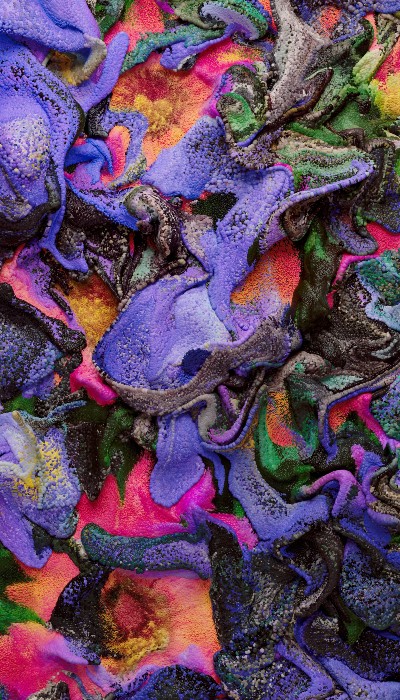
PILEVNELI, Istanbul, Refik Anadol, Hallucinations: ISS Dreams B (2020-1)
In a similar vein, London NFT platform Insitut showed works by four artists, including Krista Kim, whose generative 3D animation Mirror of the Mind (2022) is an immersive 8-minute meditation. Kim aims to create “zen” experiences for the mind using digital technologies. Her practice hinges on the idea of using technology as an effective vehicle for making healing art and thereby a more soothing and mindful digital culture. “Art becomes a mirror of the mind,” she has said about the work. For Kim, the slippery idea of the future – the backdrop of Art Dubai Digital, as it reflects and anticipates changes in art-marking practice – is one rooted in the past. “My vision is of a future based on the individual practice of meditation, extending to every aspect of our everyday lives.

Insitut, Krista Kim, whose generative 3D animation Mirror of the Mind (2022)
AWA Cohort Impressions of Art Dubai 2022
By Vamika Sinha
